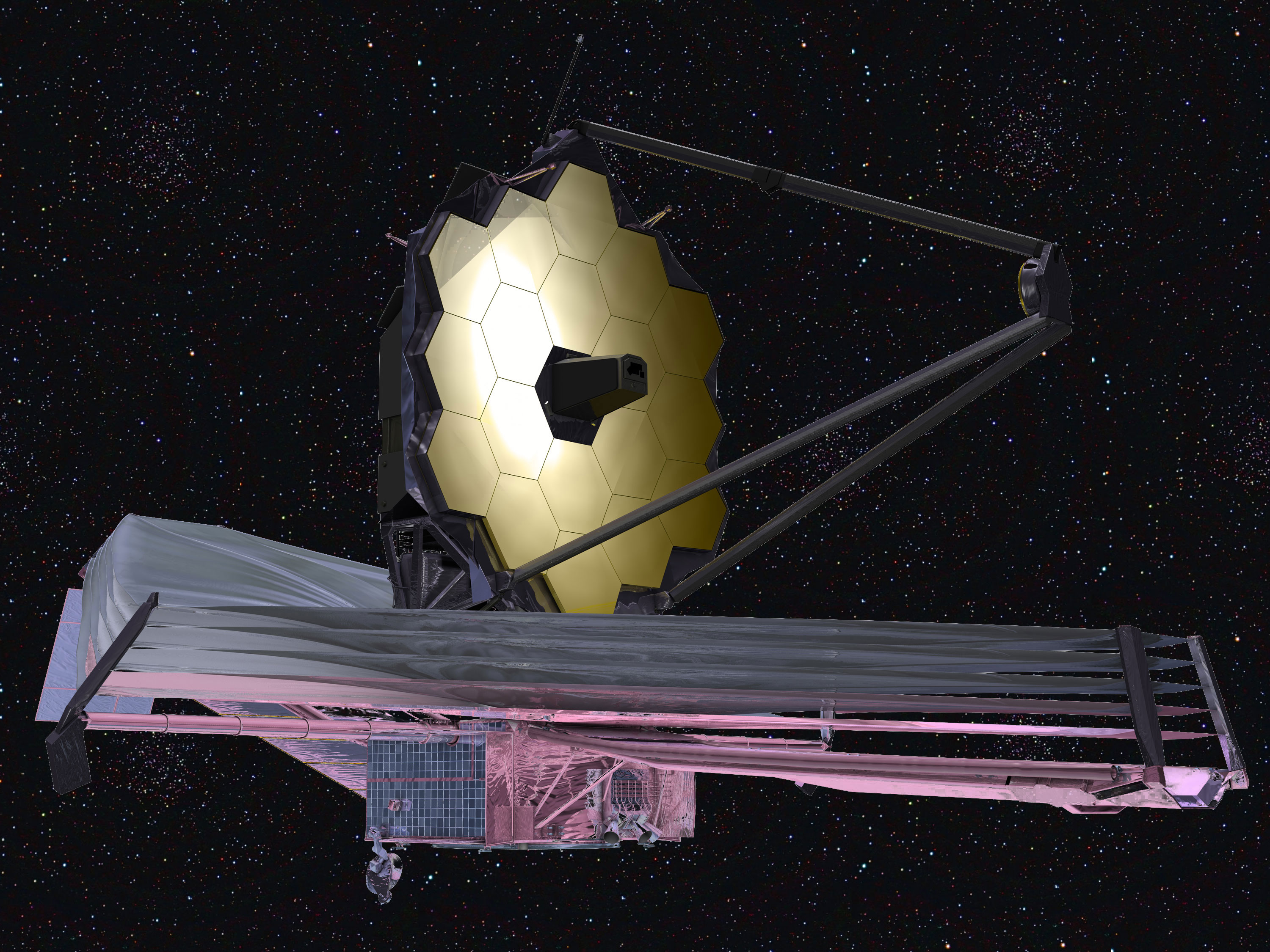

She said the telescope’s vision is more sensitive than expected, it is capturing less confounding stray light and it is more stable in space than anticipated.
#WEBB TELESCOPE IMAGES UPDATE#
That’s neat,” Rigby said.ĭuring her presentation Monday, Rigby provided a status update on the telescope. “It still cool to me you can fire thrusters you’ve never fired before, and they can work to a percent. While initial, conservative estimates indicated the telescope would have enough fuel on board to last for 10 years, the propellant is now expected to last for more than 20, thanks to a very efficient launch, said Jane Rigby, senior project scientist for the Webb telescope. “Imagine what the next 10 years will bring.”Īnd forecasts show that the telescope could send data back down to Earth for far longer. “This is just a subset of the one year of science,” Postman said. The discrepancy could indicate that scientists are missing something, such as the presence of a unique particle or field that could be fouling some of the measurements. This is important because it deepens the mystery known as the Hubble tension, which arose when measurements from Hubble showed a faster rate of expansion than other instruments. Scientists also have used Webb to collect evidence backing up the Hubble constant, a measurement of the rate at which the universe expands, as captured by its predecessor, the Hubble Space Telescope. Marcia Rieke, pictured Monday at a conference at the Space Telescope Science Institute in Baltimore, is the principal investigator for the James Webb Space Telescope's near-infrared camera. Webb also captured the first clear evidence of carbon dioxide in the atmosphere of a gas giant planet outside our solar system, showing off its power to uncover details about faraway planets and their formation. The list includes the discovery of massive, bright galaxies just a few hundred million years after the Big Bang, an indication that galactic formation took place faster than expected. “Over the past year, JWST users, including many among us here today, have published findings that require us to rethink our paradigms of planet, star and galaxy formation,” he said. Since the telescope arrived at its resting point 1 million miles away from Earth, and underwent several months of careful calibration, it has completed hundreds of missions, answering complex astronomical questions - and creating some new ones along the way.ĭuring the opening of the conference Monday, Marc Postman, the interim deputy director at the Baltimore institute, called the telescope a “beacon of human achievement.” “And now we’re having the scientific community coming in, and having a meeting to explain: ‘Well, this is everything we’re finding.’” Like, here is where you send the commands for the telescope to observe all those beautiful objects and then you get the data here, and it’s processed and it’s sent to the community,” she said. “It’s kind of a nice closing of the loop.


 0 kommentar(er)
0 kommentar(er)
